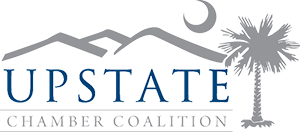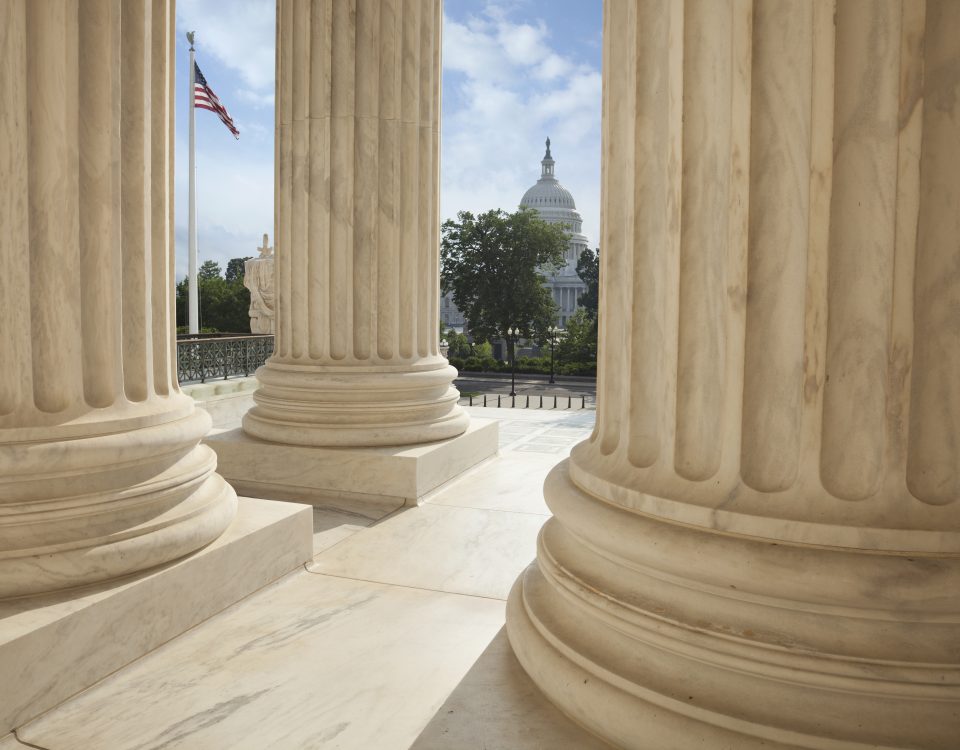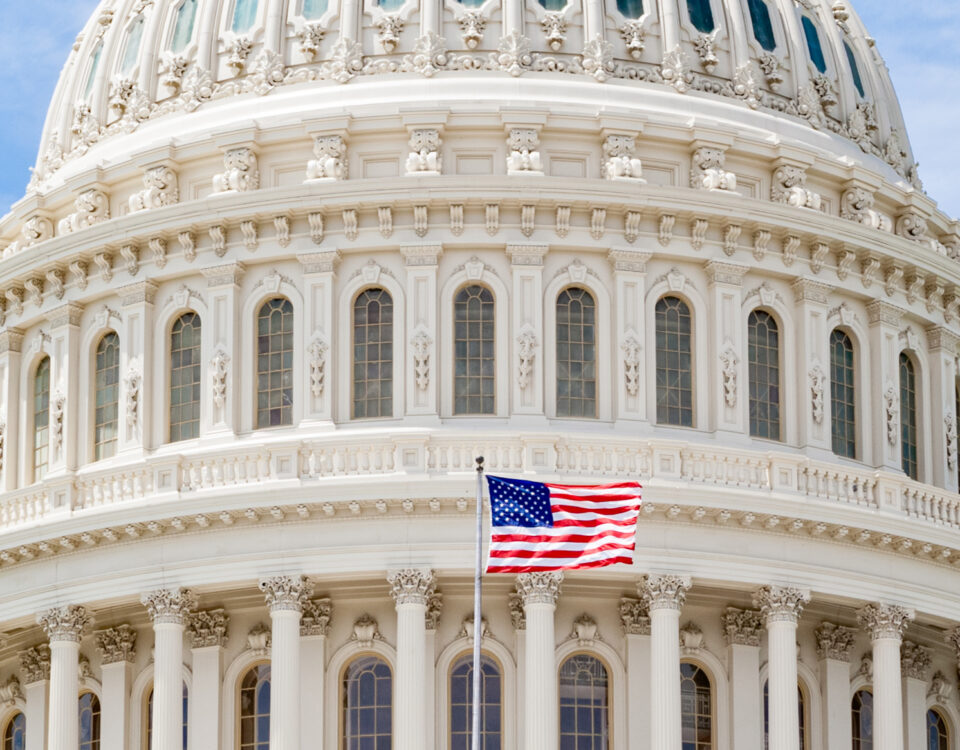
Meet the Team: Nikki Crabtree Huber
February 2, 2021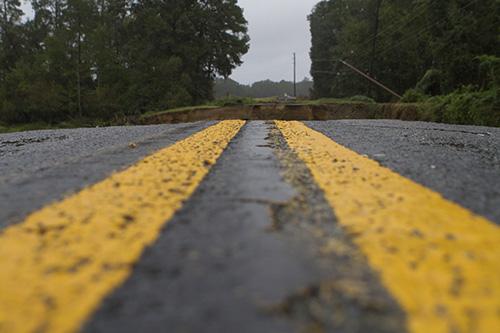
Gas Tax Increase: Where Are We?
February 22, 2021COVID Legislation Update 2.18.21
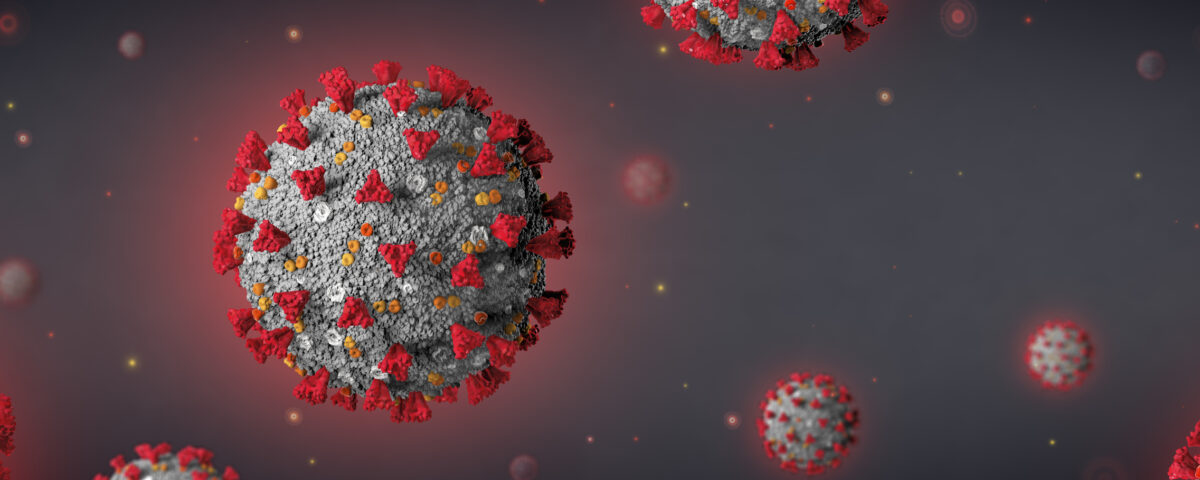
We are receiving a lot of questions about various COVID-related pieces of legislation. There are several moving through the state General Assembly and Congress. Here is a quick run-down of the major pieces currently in the news.
State COVID Liability – S. 147
On Wednesday, the S.C. Senate placed S. 147 on “special order,” meaning the bill will be first up for debate each day.
The Senate Judiciary Committee passed amendments last week that gutted the bill and essentially rendered it meaningless. Senate Majority Leader Shane Massey (R-Edgefield) is planning to amend the bill and get it back to its original form by changing three things:
- Change the bill from a safe harbor to immunity or not liable (it was a safe harbor in S.147 as introduced);
- Change it back to reckless or intentional conduct as opposed to “gross negligence” by the Judiciary Committee; and
- Change the evidentiary standard back to a “clear and convincing” standard as opposed to the “preponderance of evidence” standard wording approved by the Judiciary Committee.
We’re encouraging our investors to contact their Senators and urge them to support Senator Massey’s amendment and pass S. 147 as it was introduced.
State Vaccine Bill – H. 3707
On Tuesday, the House passed H. 3707, a resolution that would disperse $208 million to allow spending on “eligible costs of administering the COVID-19 vaccine include, but are not limited to, those vaccination costs associated with staffing, security, traffic control, storage, transportation, mobile health units including the purchase, upfitting, staffing and operations thereof, and technology that have not been reimbursed by an insurer’s administration fee.” The $208 million will be dispersed as follows:
- $63 million to the state’s Department of Health and Environmental Control (DHEC),
- $45 million to the Medical University of South Carolina, and
- $100 million to the state vaccine reserve fund
- $75 million will go to hospitals and similar organizations and
- $25 million for other vaccine providers.
The bill would also allow for other healthcare providers to administer the vaccine, with proper training, and directs DHEC to divide available vaccines among four regions in the state. Governor McMaster is expected to sign the bill.
Teacher Vaccine Bill – S. 516
A House Ways and Means subcommittee is debating legislation that would move teachers to Group 1A for vaccine distribution and require schools to open for five days a week. The bill passed the Senate 42-0 last week (with all Upstate Senators voting yes except for Senators Gambrell, Verdin, and Corbin, who had excused absences).
Gov. Henry McMaster strongly opposes the legislation.
Dozens of speakers lined up for this week’s House hearing to make the case as to why their industry should also be included in Group 1A. The State reported that Minority Leader Todd Rutherford (D-Columbia) likened it to the Hunger Games. Groups representing manufacturing, dock workers, transit, garbage collection, the DOT, the DMV, and even the clergy made a claim for 1A status. The Senate did not take testimony from outside groups about the legislation.
As it stands now, teachers are in 1B for the vaccine along with those who work in manufacturing, grocery stores, and public transit. The CDC recently released guides for schools to reopen, though COVID testing and vaccinations were not included in the guidelines.
Federal Stimulus Bill
The full U.S. House of Representatives may pass President Biden’s $1.9 trillion stimulus package as early as next week, but it may face hurdles in the Senate with its 50/50 split. Two democrats, Sen. Kyrsten Sinema (D-AZ) and Sen. Joe Manchin (D-WV) said they will not support the $15 federal minimum wage provisions in the bill, which pretty much ensures that part of the bill will not be included. House committees have passed the following provisions:
- Economic Impact Payments: Direct Payments up to $1,400 per person. As in the past, individuals earning less than $75,000 per year and married couples earning less than $150,000 would be sent the full amount. Those making above that amount would see a faster phase out, with payments completely cut off for individuals making over $100,000 and families making over $200,000. Adult dependents would be eligible for the payments.
- Unemployment Assistance: Pandemic Unemployment Assistance (freelancers, gig workers, independent contractors etc.) and Pandemic Emergency Employment Compensation (standard state unemployment) would be extended through August 29, and the federal weekly boost would increase from $300-$400.
- Nutrition Assistance: A 15 percent increase in food stamp benefits through September.
- Housing Aid: The bill would send approximately $1.9 billion to state and local governments to cover back rent, rent assistance and utilities to low-income households with unemployed residents. It would additionally give states and tribes $10 billion to provide mortgage payment assistance and other financial help to homeowners impacted by the pandemic. Finally, it would provide a total of $11 billion to provide rental assistance, homeless services and support, housing counseling and mortgage support.
- Tax credits for families and workers: The bill would expand the child tax credit to $3,600 for children under 6 and $3,000 for children under the age of 18. The bill also enhances the earned income tax credit for workers without children.
- Education and Childcare: $130 billion would be allocated to K-12 schools to help students return to the classroom.
- The money can be used on updates to ventilation systems, reducing class sizes to encourage social distancing, the purchase of PPE, and the hiring of support staff. It would require that schools use at least 20 percent of the money to address learning loss.
- At least $40 billion would be allocated to colleges with institutions being required to spend at least half the money to provide emergency financial aid grants to students.
- Finally, $39 billion would be allocated to childcare providers, with the amount to be based on operating expenses.
- State Aid: The legislation would provide $350 billion to state and local governments.
- Vaccines & Testing: The bill provides $14 billion dollars for vaccines, $46 billion for testing, contract tracing and mitigation and $7.6 billion to hire 100,000 public health workers to support coronavirus response. The bill would also invest $25 billion in addressing health disparities and protecting vulnerable populations.
More on the minimum wage issue: The initial proposed legislation would increase the federal minimum wage to $15 per hour by 2025, in stages. It would also guarantee that tipped workers, youth workers and workers with disabilities would be paid the full minimum wage. The House Democrats believe it can be done through budget reconciliation, which would only require a majority of both the House and the Senate.
Reconciliation can only be used with matters related to taxing and spending, and while the House Democrats believe that square peg can be shoved in the round box, the Senate parliamentarian is expected to have a different view. That would set Democrats up to either jettison the $15 minimum wage (expected) or vote to overrule the parliamentarian (unlikely because of Manchin and Sinema’s opposition). That would leave the minimum wage discussion up to a broader Senate debate at another time – one that would probably require 60 votes – so the measure would probably have to be scaled back to meet that threshold.
